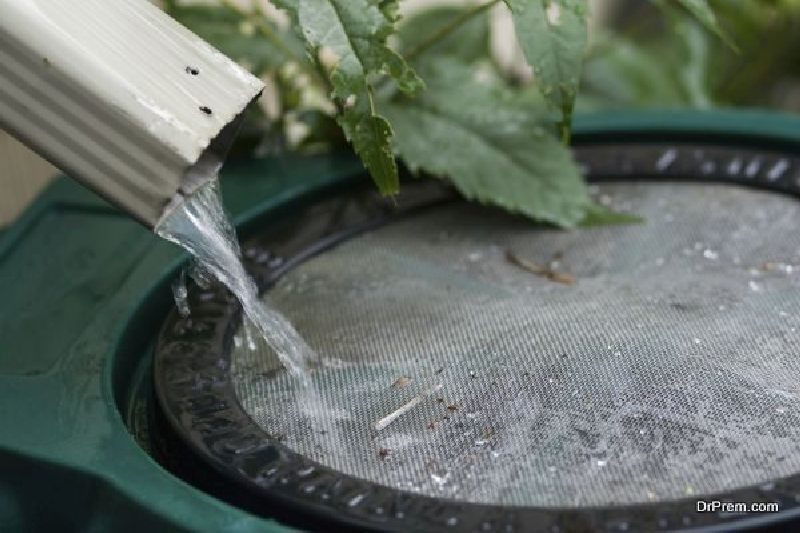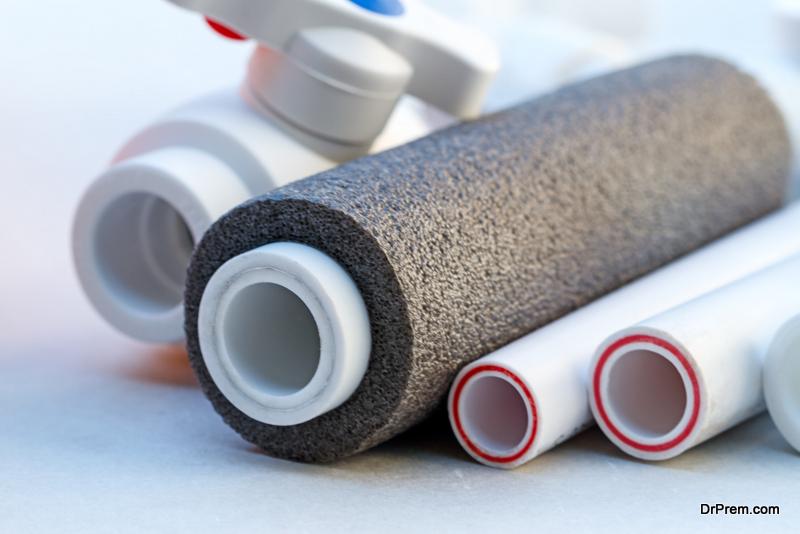Caring about ecological impact means rethinking how people interact with the infrastructure delivering household water and power. Small tweaks within people’s homes can reduce waste while saving money over the long-term. Learn how daily usage and minor upgrades add up to meaningful conservation when you reimagine plumbing through an environmental lens.
Eco-Friendly Plumbing Overview
The eco-friendly plumbing movement aims to align home systems with sustainability with an eye toward the future. This covers reducing water wastage, boosting energy efficiency, and phasing out unsustainable piping materials. The beauty lies in families still enjoying full modern convenience without sacrifice by utilizing innovative technology.
For example, low-flow fixtures restrict water volumes used per minute but deliver equal water pressure. Smart irrigation systems micromanage outdoor usage based on environmental needs.Tankless water heaters only heat water on-demand rather than maintaining reserves around the clock. Follow Dan’s Plumbing on Instagram for more practical tips on going green without giving up comforts.
Dan’s Plumbing Environmental Commitment
Industry leaders like Dan’s Plumbing pave the way in sustainable offerings beyond reliable service. Their team actively suggests and installs eco-upgrades to reduce homeowner environmental footprints.
Their office also emphasizes internal conservation habits from comprehensive recycling policies to fuel-efficient fleet vehicles. Dans Plumbing sets an example for fully integrating environmental awareness into both external business practices as well as internal operations.
Sustainable Plumbing Materials
Making sustainable swaps goes beyond installing low-flow showerheads. It also means carefully selecting durable and responsible materials for pipes, fittings and replacement parts.
Brass and stainless steel components have notably longer lifespans than cheaper plastic varieties which often wind up in landfills after just a few years. The higher initial investment pays dividends for decades to come through reliability and conservation of scarce metals.
Low-Flow Fixtures Usage
Installing low-flow plumbing fixtures may sound simple but delivers outsized conservation results. EPA WaterSense labeled models must equal or outperform standard specifications.
This means controlled flow rates still completely evacuate wastes or fill baths without performance compromises. Independent testing ensures consumers get guaranteed savings – up to 30% lower water bills – without even noticing operational differences.
Smart Irrigation Systems
In addition to conserving water, smart irrigation technology also saves homeowners time and money. After one-time installation directly into existing sprinkler valves, these autonomous controllers seamlessly manage outdoor watering needs for years with precision.
Homeowners can check statuses remotely via apps but don’t have to remember scheduling or seasonal adjustments. Smart systems analyze conditions daily to identify only necessary watering, avoiding false starts from abrupt weather changes.
Energy Efficient Water Heaters
Heating water conventionally wastes energy even during periods of non-use between heating cycles. Newer tankless water heaters eliminate this by only powering on with water flow detection, meaning zero energy used around the clock heating unused reserves.
Tankless models prove slightly more expensive upfront but avoid up to $100 in standby costs annually. Eliminating this waste pays back investments in just a few years.
Reusing Greywater Practice
For those focused on shrinking their environmental footprints, installing greywater systems allows households to capture water from showers, sinks and washing appliances to reuse for landscaping instead of sending it down the drain.
Diverting this light waste stream to storage tanks or specialized irrigation replaces a portion of outdoor municipal water needs. Careful planning ensures proper filtration and delivery to vegetation without risk of cross-contamination. In the end reused greywater cuts total home usage 15-25%, saving money and ecosystems.
Rainwater Harvesting Systems

In suitable climates, households can leverage seasonal rainwater as an additional water source. Storage tanks connect to drainage gutters collecting rainfall from roofs. This then provides supplemental irrigation or toilet flushing reserves straight from the sky for non-potable uses.
Collected rainwater decreases reliance on treated drinking water for applications not requiring it. Check local regulations prior to diverting stormwater as some municipalities introduce incentives while others impose strict quality controls.
Pipe Insulation Importance
In addition to tankless water heating, properly insulating distribution pipes increases efficiency systemwide. Bare copper pipes quickly radiate absorbed heat, requiring the heating source to re-engage frequently.
Simple foam or fiberglass pipe sleeves applied by professional plumbers curb this effect, allowing hot water to retain its temperature for longer despite distance traveled from the source. Insulation reduces wasted energy recurrence triggered by preventable cooling across extended pipe runs.
Certified plumbers like the ones on this website are best equipped to strategically install wraps and insulation jackets to enhance conservation across systems. Investing early in professional insulation allows equipment to operate more efficiently for years before requiring replacement.
Toilet Upgrades and Options
With nearly 20 gallons used per person daily, toilets present a leading opportunity for water savings. Premium high efficiency toilets cut each flush to 1.1 gallons or less compared to older models averaging 3-5 gallons.
Dual flush retrofits allow picking between light and full flow settings. Before full replacement, inexpensive tank bags or float adjustments also subtly decrease water volumes. Reward programs help offset higher efficiency model costs to conserve water with minimal pain.
Solar Hot Water Systems
For homeowners seeking renewable alternatives, solar water heating harnesses sunlight to reduce fossil fuel dependence and associated carbon emissions from traditional systems. Roof panels transfer incoming light to fluid-based closed loops passing heat directly to conventional hot water tanks.
Passive systems allow natural convection while pumped systems include circulation controls. Once installed, free and abundant thermal energy provides 60-80% of a building’s hot water needs carbon-free. Solar integration cuts emissions for daily showers and baths utilizing existing tanks.
Maintaining Eco-Friendly Plumbing
To fully realize resource savings from sustainable plumbing equipment, ongoing maintenance helps maximize potential. Periodic inspections uncover hidden leaks or faults allowing issues to be corrected early before they balloon into major waste or repair bills. Technicians can tune and calibrate newer systems to optimal efficiency. Investing a little now preserves the planet and people’s pocketbooks well into the future.
Smart Water Monitors
Getting ahead of leaks and abnormal usage relies on data. Smart digital water monitors track flow rates minute-by-minute to establish normal baselines. Advanced sensors connect between mains and critical junctions, detecting anomalies indicative of developing issues before they become major waste or water damage incidents.
If hooked to home smart hubs, alerts warn homeowners of abnormalities allowing preemptive intervention. Over longer periods, usage data even provides insight into peak demand times to inform conservation strategies and equipment downsizing. Though not yet widespread, smart water technologies promise to be a gamechanger.
Sustainability Incentives and Rebates
Navigating the switch to eco-friendly plumbing equipment poses initial cost hurdles for some families. However various government and utility incentive programs ease transitions through rebates, tax credits, and low-interest financing. These help offset higher project costs to achieve reasonable payback periods.
State and municipal governments similarly offer programs as communities work toward conservation targets. Checking databases listing available offers simplifies locating options based on equipment categories, costs, and eligibility terms.
People may qualify for multiple overlapping incentives making sustainable upgrades even more compelling. Moving toward environmental resilience needs to be financially feasible for widespread adoption.
Wrapping Things Up
Eco-conscious plumbing stems from both visionary technologies and thoughtful everyday habits around home systems. By auditing usage, upgrading fixtures, and staying vigilant on upkeep, households play pivotal roles in the collective effort for environmental security and resource resilience.
Just as Rome wasn’t built in a day, sustainable solutions depend on many people doing their small part to contribute to the greater good.
Article Submitted By Community Writer




